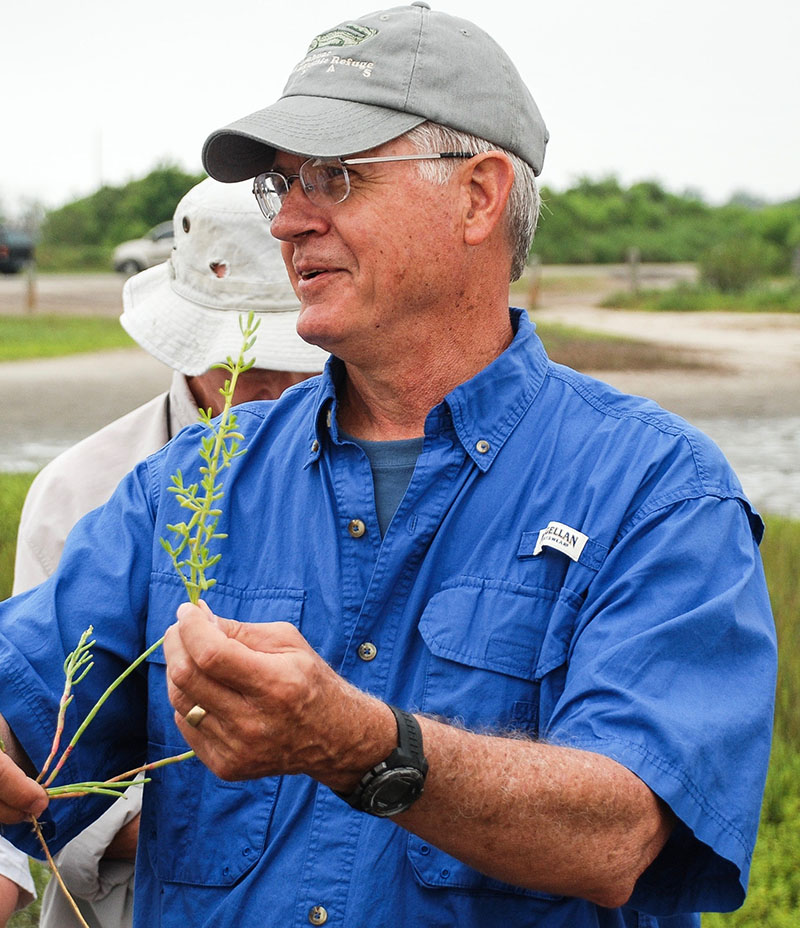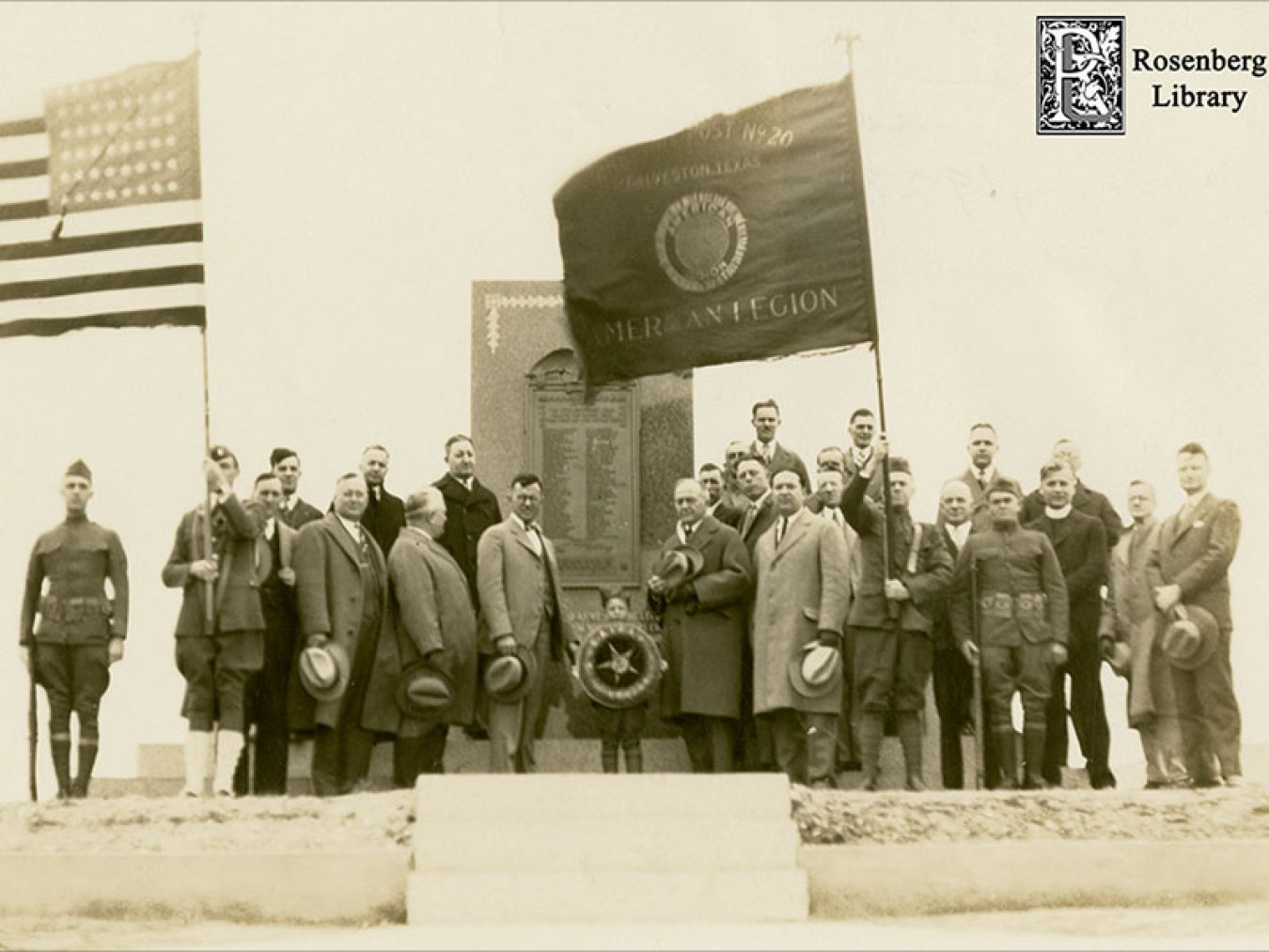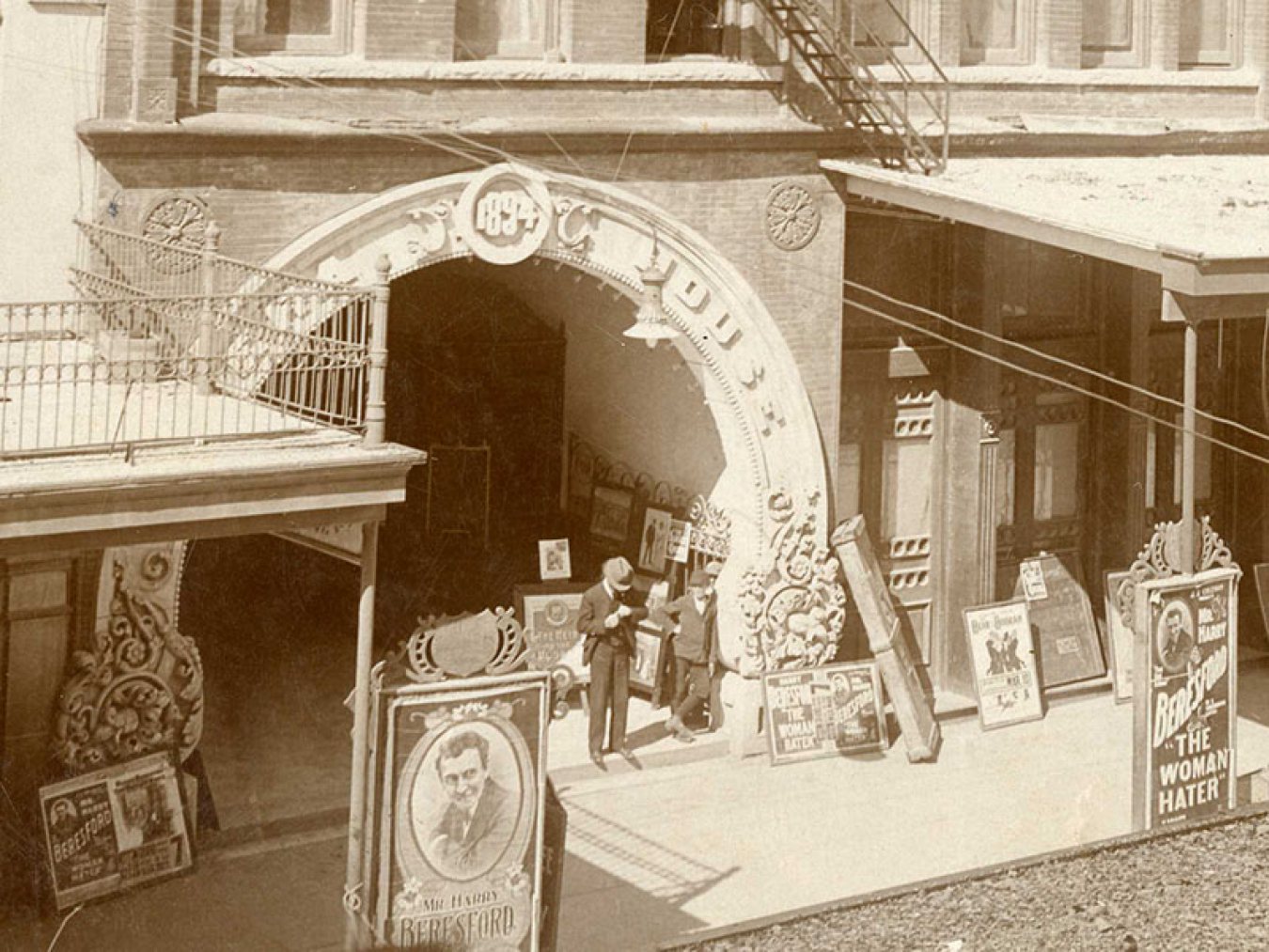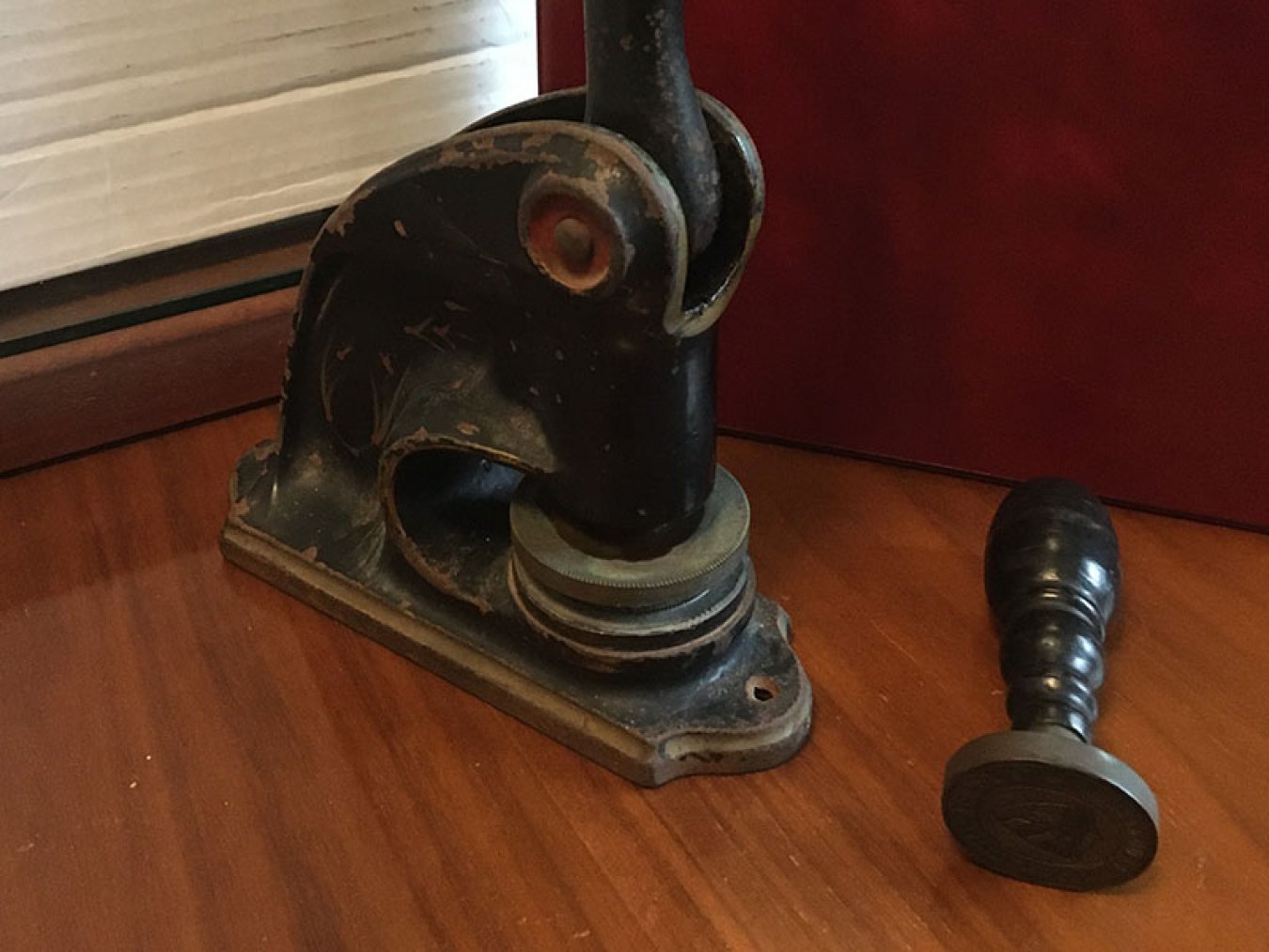A Good Time For A Stroll Along The Seawall
Our days are turning cooler. Blasts of cold north air will soon be pushing through. And as they do, all thoughts of sunning on the sand and swimming in the Gulf will fade.
But don’t completely abandon our beachfront. Winter is actually an ideal time for a visit to the shore.
On a mild winter day, may I suggest a beachfront walk – not on the sand, but atop the elevated seawall. Sights are simply better up there. You can’t go wrong with a walk anywhere along the 10-mile seawall. But here’s a tip: Try the length from the West End of the seawall to Galveston’s 91st Street Fishing Pier. The route is an easy 2 miles round trip.
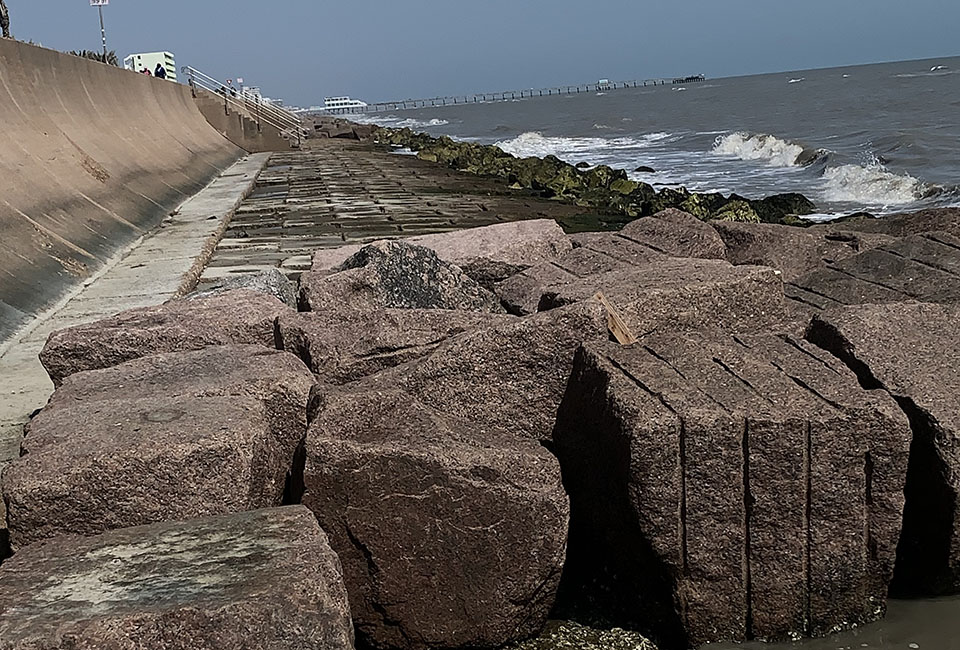
| Galveston Seawall West of 91st Street Fishing Pier | Steve Alexander |
Few people venture along this rocky stretch of shore. The rocks here shield the base of the seawall – known as the toe – from breaking waves. In places where protective rocks have sunk deep into the sand, they are now topped with huge granite blocks from the Texas Hill Country.
The rocks provide a bonus benefit, creating a habitat to which marine organisms can attach. Among those adapted to withstand the stresses of breaking waves are the ubiquitous filter-feeding barnacles, whose bodies are protected by a hard shell that contains calcium, just like our bones. There are also false limpets with their protective conical shell and large muscular foot that guarantees a secure attachment. (For a complete list of rocky shore organisms, see Susan B. Rothschild’s Beachcomber’s Guide to Gulf Coast Marine Life.)
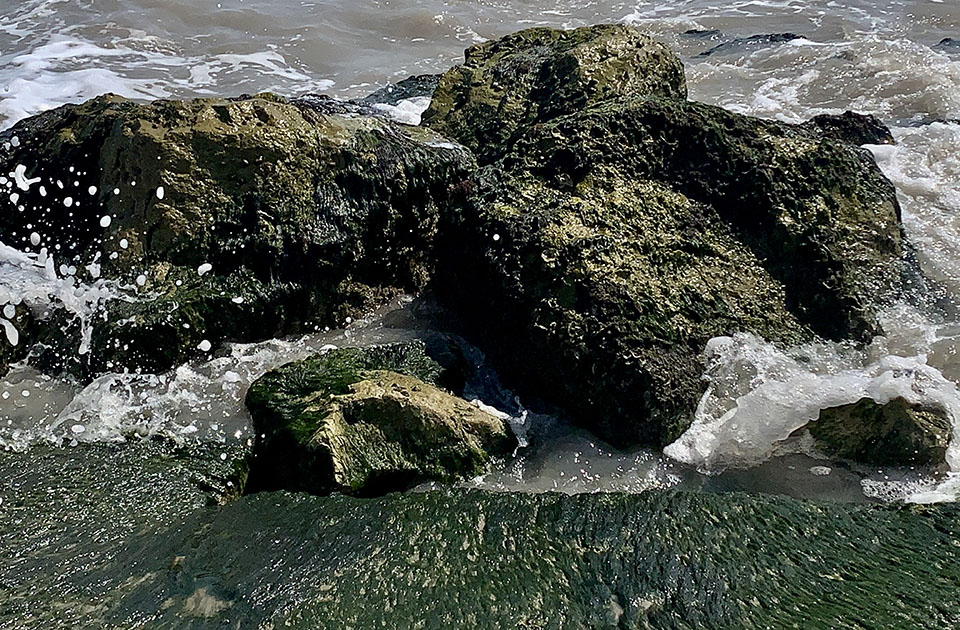
| Wet Rocks Covered with Green Algae | Steve Alexander |
Wet portions of rock support the growth of algae, species that are red, brown or green depending on the predominant pigment. Green algae thickly covered wet rocks on my most recent visit, with its multitude of green-colored strands flowing back and forth in the surging waves. Shorebirds – specifically sanderlings, ruddy turnstones and willets – occasionally dropped in to feed. They appeared to be picking at the algae, but more likely were probing between green strands in search of the small life that resides there.
Yet along these scenes of nature you might also come across lumber scattered about – no doubt the result of one of our recent tropical storms. Powerful waves likely freed pieces from nearby structures to wander Gulf waters until becoming stranded here.
So, take note: Galveston Island doesn’t close for winter. We can expect many mild days to get out and enjoy the outdoors. Atop the seawall is only one of the many places to go. I’ll have more suggestions for you in the weeks to come.
Steve Alexander
Steve Alexander teaches wetlands management at Texas A&M University at Galveston and is a former member of the Board of Directors of the Galveston Island Nature Tourism Council. He is the author of Exploring Galveston: A Naturalist's Guide to the Island.